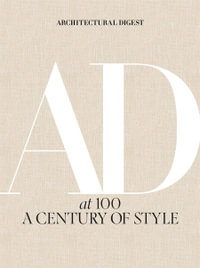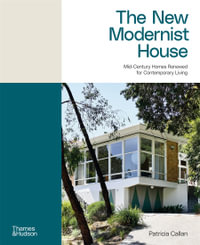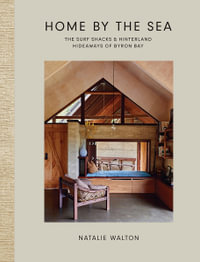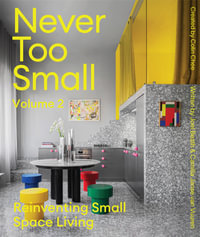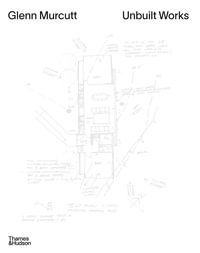Cristina Gonzalez Longo has carefully and lucidly analysed one of the most interesting architectural "metamorphosis" in Rome, studied here for the first time in all its complexities, from Nero's hall and Hadrian's temple of Venus and Rome to its current configuration of the church of Santa Francesca Romana and the monastery of S. Maria Nova, occupied by the Olivetan order since 1352 and now also partially occupied by the offices of the Soprintendenza. With the support of many original illustrations, she has unravelled all the various architectural transformations over more than two millennia, situating them also within their cultural, theoretical and ideological context. A fascinating research which challenges existing praxis of architectural conservation.
Anton Capitel, Emeritus Professor of Architectual Design at the Technical University of Madrid (ETSAM), RIBA International Fellow and author of Metamorfosis de Monumentos y Teorias de la Restauracion
Perhaps only in Rome it is possible to understand that time does not flow, but accumulates. Mankind's creations do not escape this rule. Architecture is made of bricks, stones, mortar, but also and above all of time. A famous and prominent church such as Santa Francesca Romana, very well known to locals and tourists visiting the Roman Forum, is actually the result of an overlapping of constructions, destructions and conservation interventions. Even its beauty is made of time. In the winding of a building on the other, from the great temple of Hadrian, to the solemn medieval church of S. Maria Nova, the sumptuous Baroque church and the intervention in the monastery by the conservation pioneer Giacomo Boni, different generations have followed one another, without ever completely erasing previous architectural layers. Cristina Gonzalez-Longo has the great ability to unravel the complexity of this site and to explain it to those who are willing to listen. It allows us to understand that architecture is the only art form where past and present manage to dialogue among them, giving meaning to our future.
Claudio Varagnoli, Professor of Preservation of Built Heritage and Conservation at the University of Chieti-Pescara and the Italian Archaeological School of Athens. Member of Italy's Superior Council of Cultural Heritage, and Roman.
Gonzalez-Longo provides here a riveting account of the complex evolution of the great Olivetan monastery and basilica, Santa Francesca Romana, leading us for the first time through its integral relationship with the Temple of Venus and Roma, adeptly drawing throughout on primary and contemporary sources, literature and imagery and showing insightful command of the rich instruction they unravel. The author's research revealed phases and aspects of the many engagements with the site unknown until now and which ensure the assessment brings new depth to our understanding of this monumental edifice. Conservation architects and historians, however familiar with the study of destruction, transformation, re-use and regeneration, will also find delight in these well-illustrated chapters in their perceptive discovery of a late seventeenth century emergence of conservation ideology. The monograph traces the development of the conservation discipline following Carlo Lambardi's transformation of the medieval church, through respective ideologies in their application, showing lineage with the later thinking of Ruskin and SPAB, the influential, ground-breaking approach of Giacomo Boni in the early twentieth century and on to stratigraphic architectural conservation or design and the informed conservation we prize today. This is, most satisfyingly, a refreshing and exceptional biography of a building that leaves the reader complete with an intimate appreciation of the subject, its context and its immense significance.
Dr Deborah Mays, Head of Listing, English Heritage


